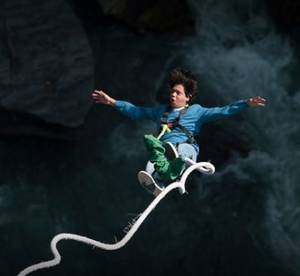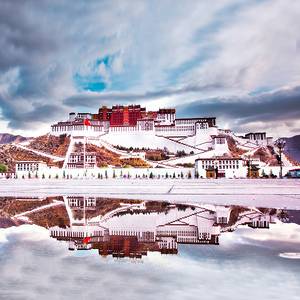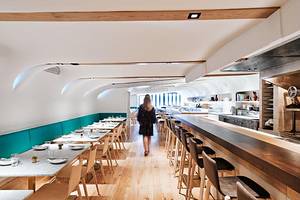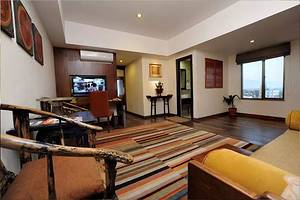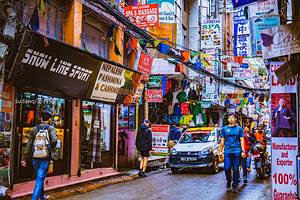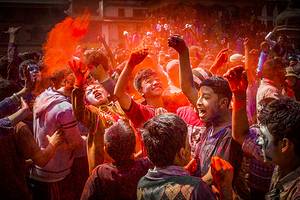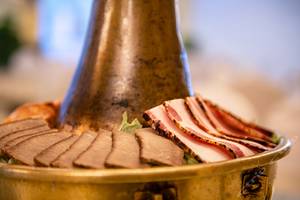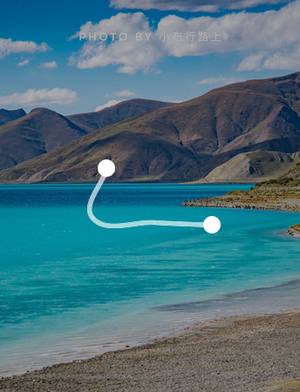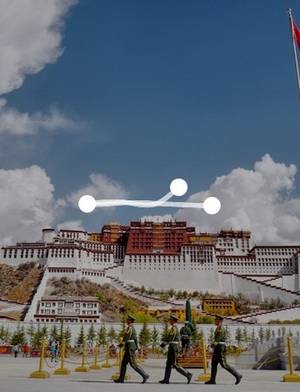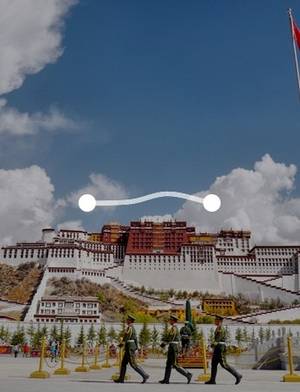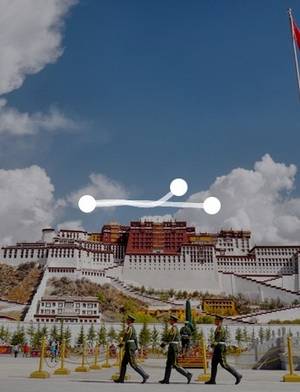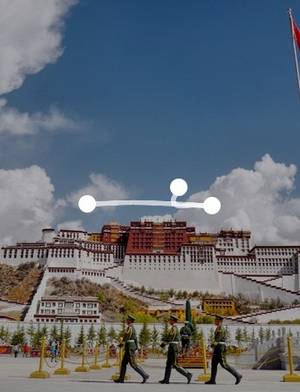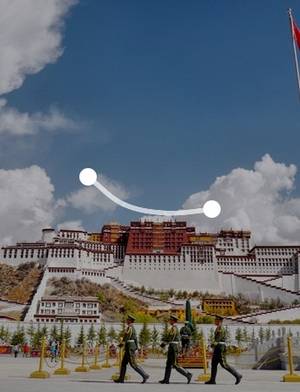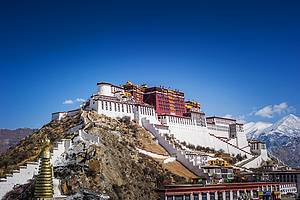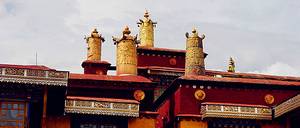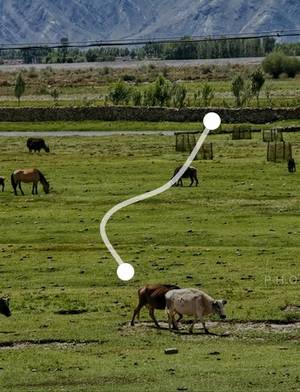Sakya Monastery, A Sanctuary of Tibetan Buddhism Rich in Art and History
Benshan Mountain, Basiba Road, Sagya County, Shigatse City, Tibet Autonomous Region
4.1
Introduction
Sakya Monastery, located on the Bonbori Mountain in Sakya County, Tibet Autonomous Region, is the main monastery of the Sakya sect of Tibetan Buddhism and has been designated as a national key cultural relic. The founder of the monastery, Kun Gong Qie Jiebu, discovered a slope on the south side of Bonbori Mountain with gray-white soil that glittered, and invested in the construction of Sakya Monastery, gradually forming the Sakya sect. The walls of Sakya Monastery are painted in red, white, and blue, symbolizing Manjushri Bodhisattva, Avalokitesvara Bodhisattva, and Vajrapani Bodhisattva, and are thus known as the "Flower School" among laypeople. The Sakya sect has two modes of inheritance: lineage and dharma. The founder, Gongga Ningbu, is revered as "Sakya," his second son, Sonam Tsemo, is the second patriarch of the Sakya sect, his third son, Chakna Dorje, presided over Sakya Monastery for 57 years, and his fourth son, Sachen Kunga Nyingpo, a famous figure and the fourth patriarch of the Sakya sect. In the early 13th century, the Mongolian tribes led by Genghis Khan rose, and in 1247, Sachen Kunga Nyingpo's nephew, Pakpa, met with the Yuan Dynasty's Kublai Khan in Liangzhou, successfully persuading high-ranking monks and nobles of various Tibetan schools to accept the rule of Yuan Dynasty, and became the local administrative officials of Yuan Dynasty, reaching the pinnacle of Sakya sect's power. Address Benshan Mountain, Basiba Road, Sagya County, Shigatse City, Tibet Autonomous Region
Opening hours 09:00-18:30 (all day) (January 1-December 31, Monday to Sunday)
 The temple houses many artifacts and murals in its collection
The temple houses many artifacts and murals in its collection
